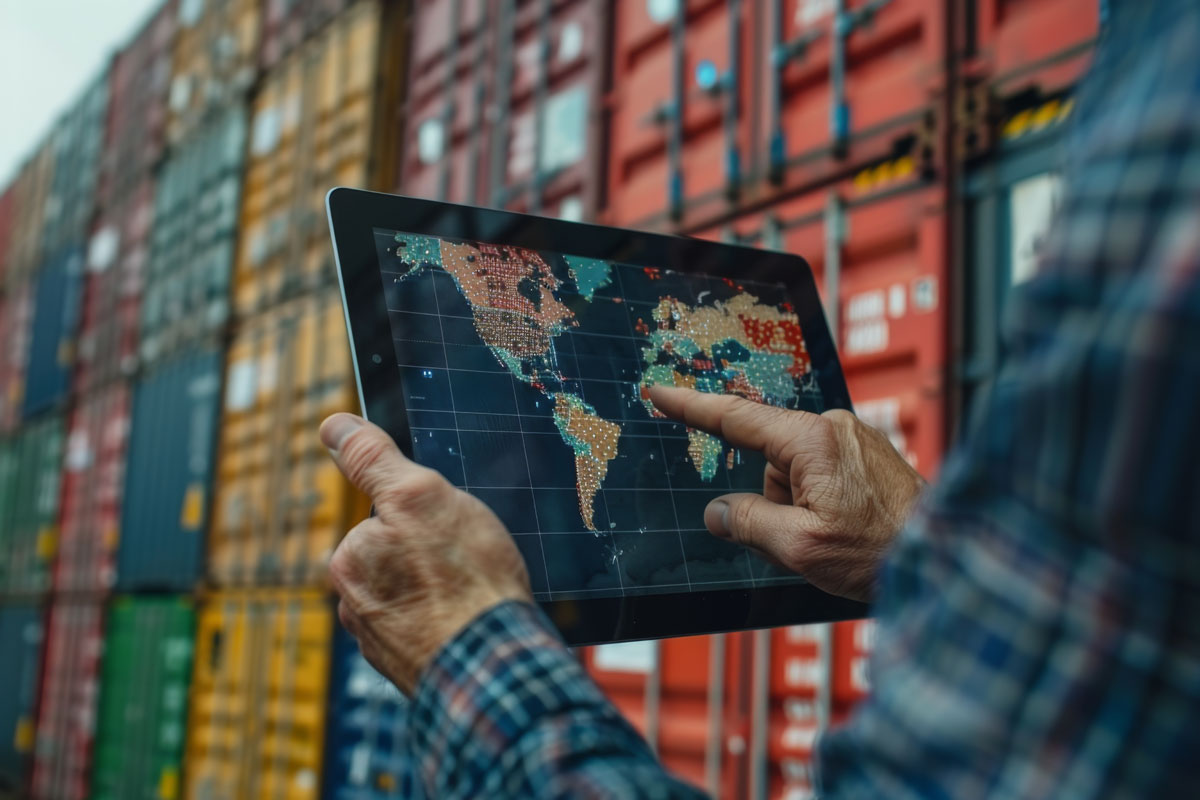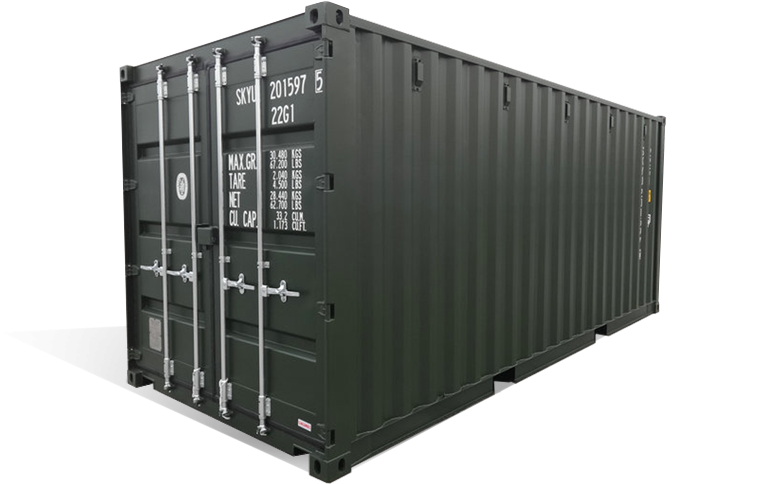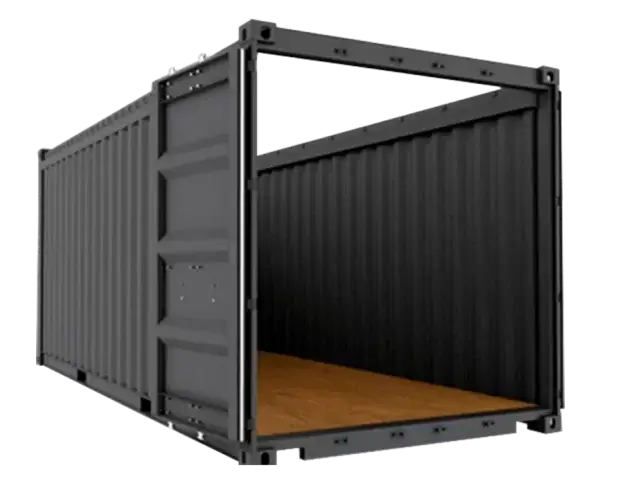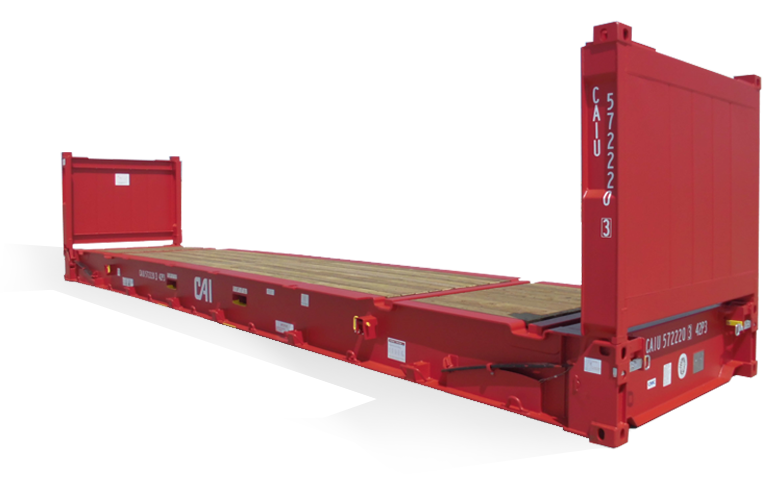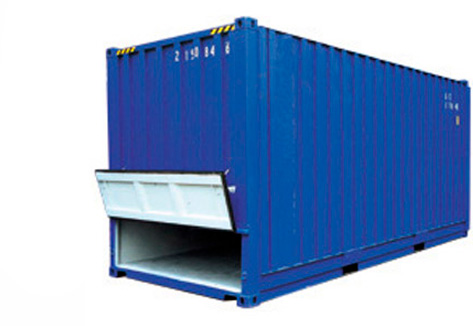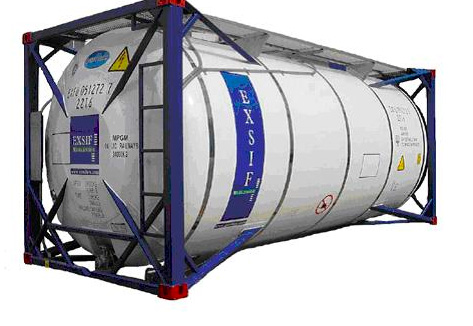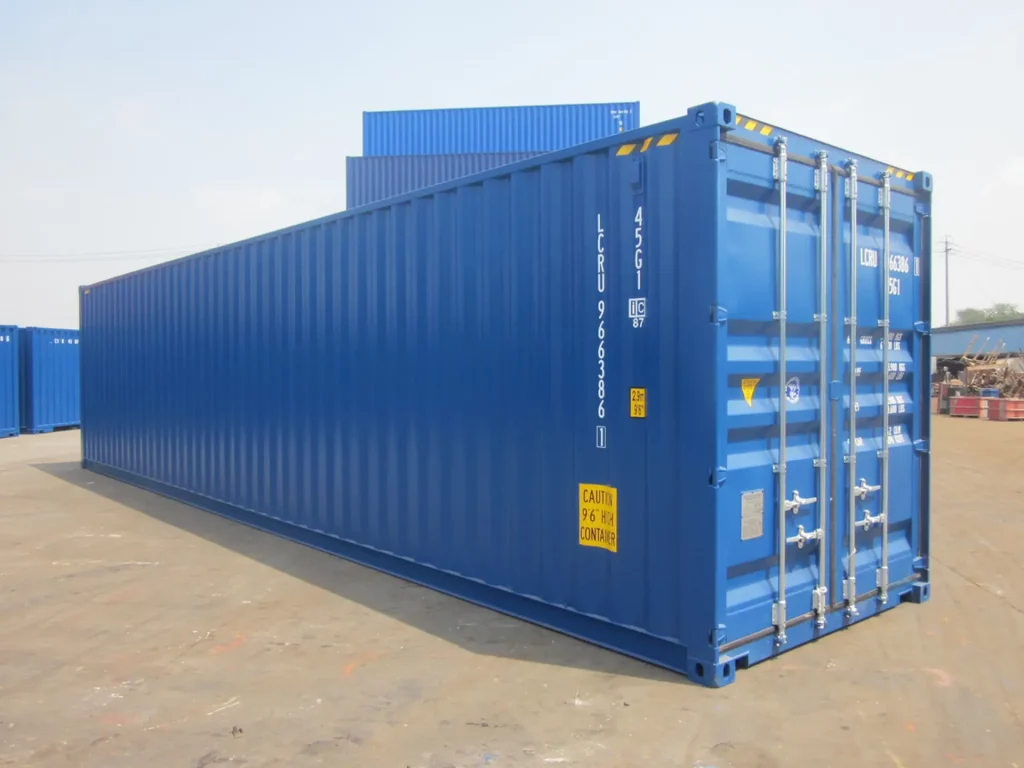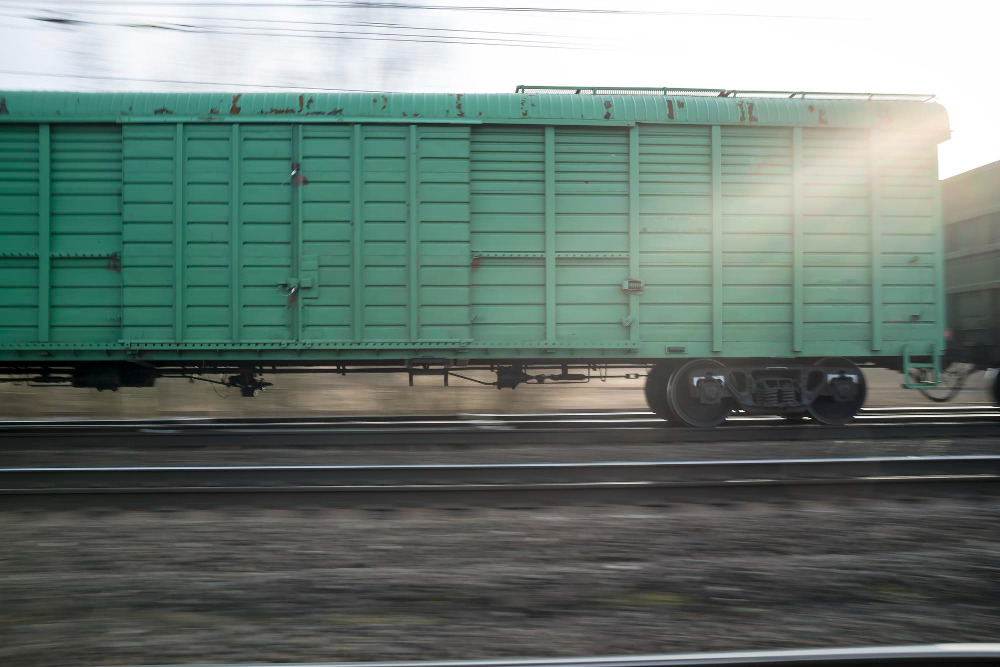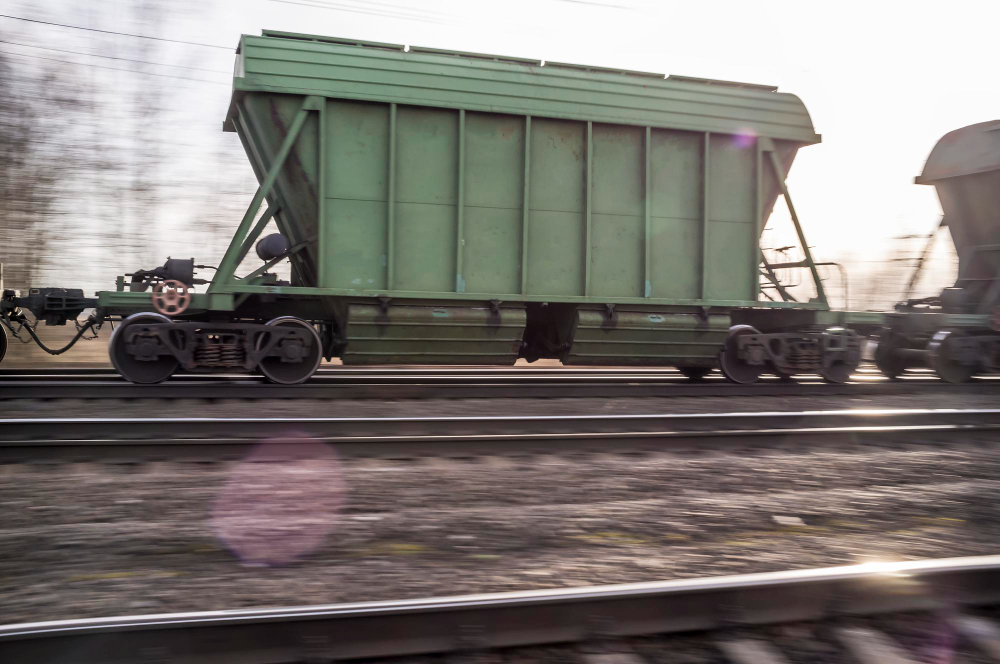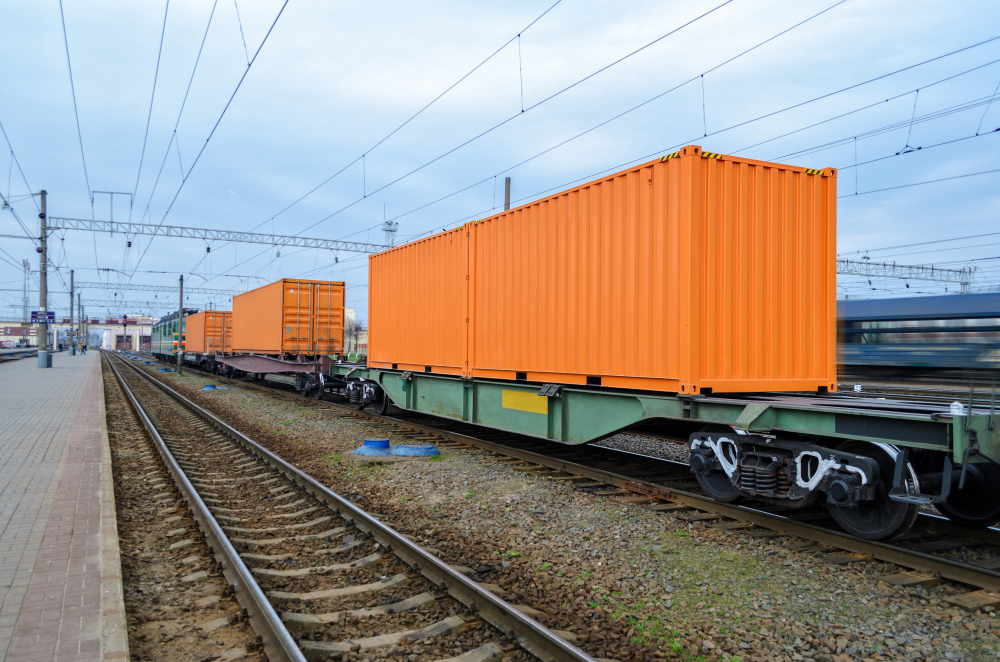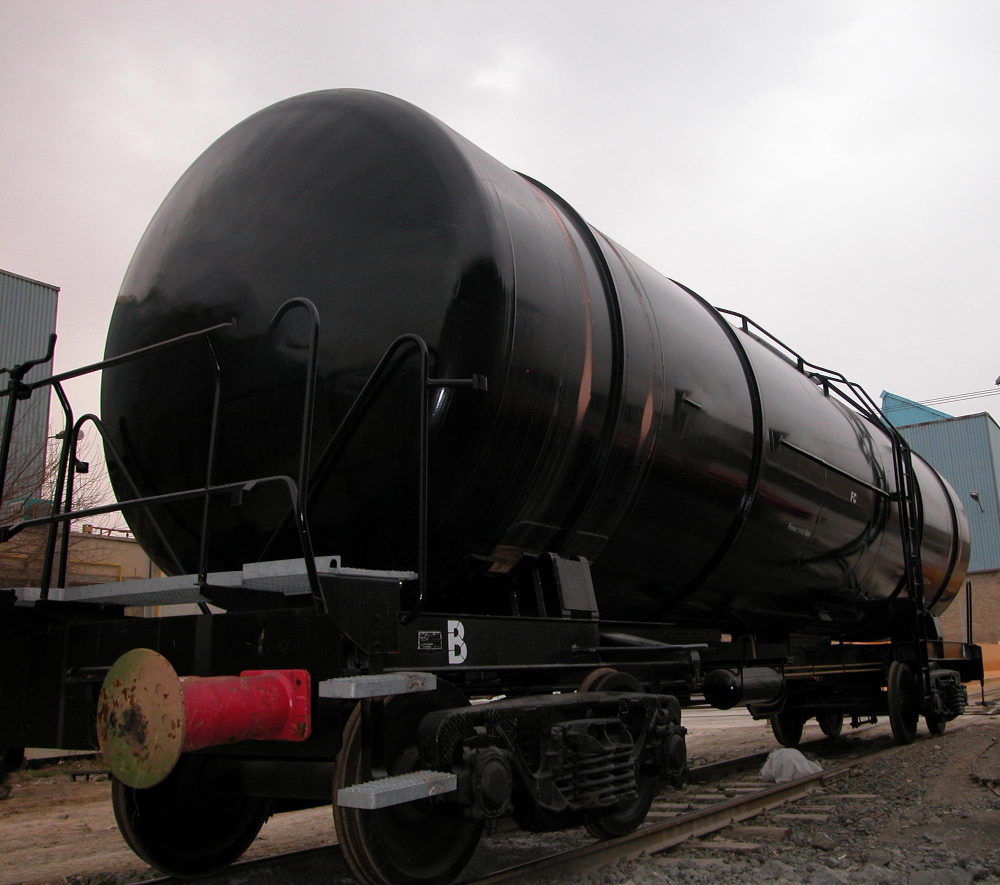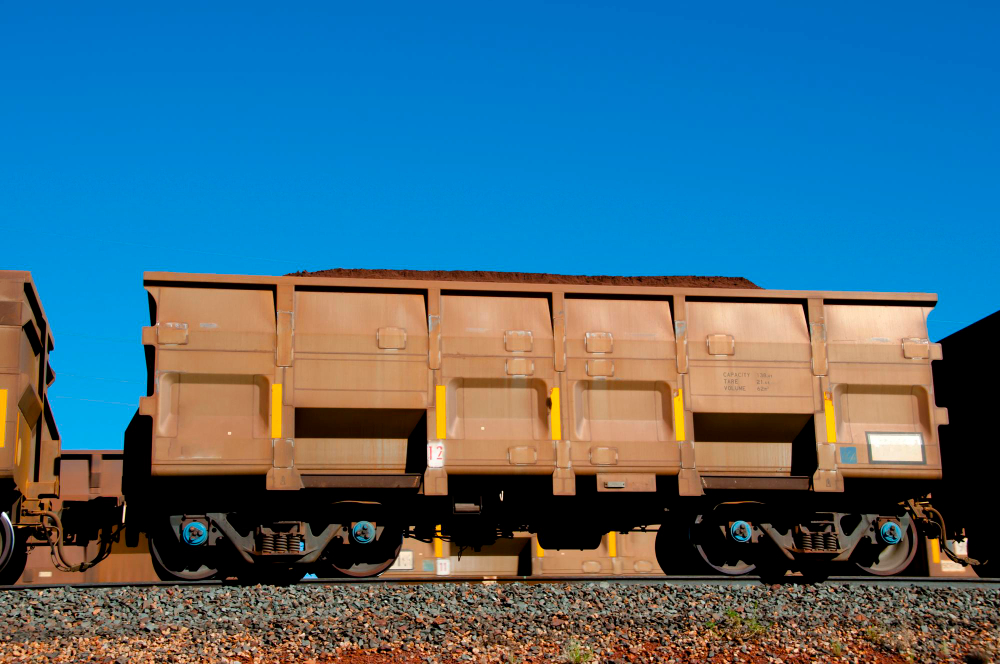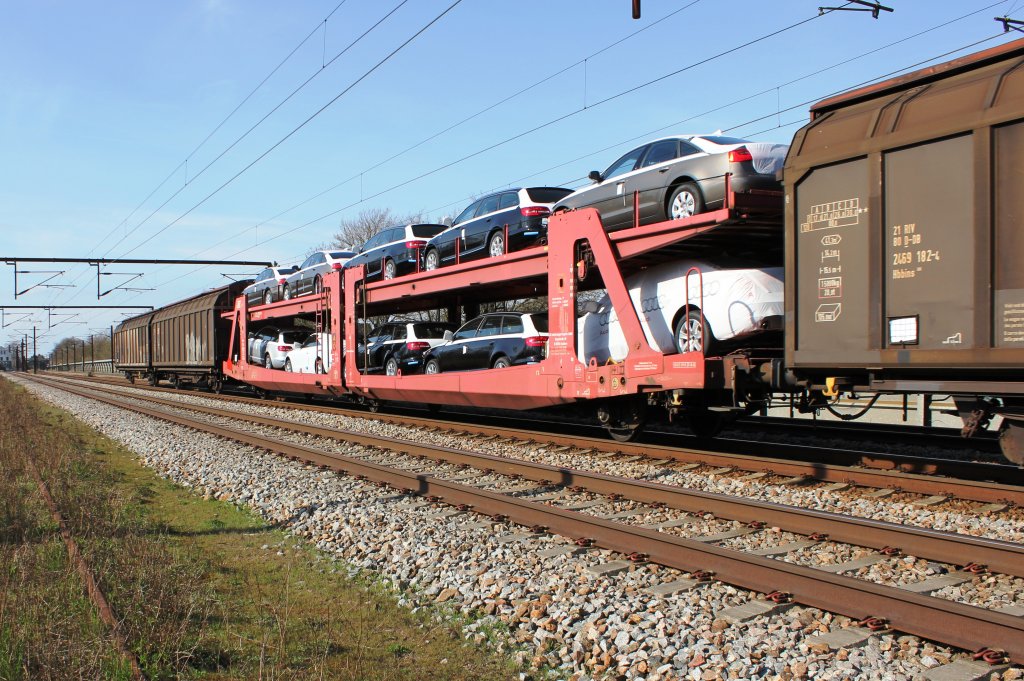The growing need for modern terminal operating systems in North America
The logistics and intermodal freight sector in the U.S. and Canada has witnessed substantial growth over the past decade. With the increasing demand for faster, more efficient transportation solutions, terminal operators are under pressure to adopt technology that can keep pace with these demands. As freight volumes continue to rise, traditional methods of operation are no longer sufficient. This has created a critical need for more advanced and efficient systems to manage terminal operations effectively.
Intermodal terminals are a crucial component of the logistics supply chain. They serve as the connecting hubs for various transportation modes, including trucks, trains, and ships. Efficient terminal operations are key to minimizing delays and ensuring goods move smoothly between different transport modes. In order to stay competitive in the fast-evolving logistics landscape, North American terminal operators must adopt innovative solutions, such as modern Terminal Operating Systems (TOS) like Essentos.
Essentos is a powerful and flexible TOS that is designed to address the challenges that intermodal terminals face today. From automating processes to improving operational visibility, Essentos helps terminals become more efficient, responsive, and capable of meeting the growing demands of the logistics sector.
The challenges facing U.S. and Canadian intermodal terminals
While the growth of the logistics industry presents many opportunities, it also introduces several challenges for intermodal terminals. These challenges can significantly hinder operational efficiency, increase costs, and affect overall customer satisfaction. Some of the key challenges faced by U.S. and Canadian intermodal terminals include:
- Operational inefficienciesMany terminals continue to rely on outdated systems or manual processes, which can create bottlenecks in operations. Manual tracking, scheduling, and resource management are often slow and prone to human error. These inefficiencies can cause delays in cargo handling, which ultimately leads to longer transit times, higher costs, and less satisfied customers.
- Lack of real-time visibilityOne of the most significant challenges facing terminals today is the lack of real-time visibility into their operations. Without real-time tracking of inventory, equipment, and shipments, terminal operators struggle to make informed decisions about resource allocation and process optimization. This lack of visibility can result in inefficient workflows, underutilized resources, and delayed shipments.
- Rising regulatory demandsThe logistics industry, including intermodal terminals, is facing increasing pressure to comply with new regulations. These include stricter safety standards, environmental regulations, and security protocols. Meeting these regulations can be costly and time-consuming, especially for terminals that are still using outdated systems. The inability to track and report compliance efficiently can result in fines, legal issues, and a damaged reputation.
In light of these challenges, it’s clear that traditional terminal management systems are no longer adequate. U.S. and Canadian terminals need a modern, integrated solution that can automate operations, improve visibility, and ensure compliance with evolving regulations.
Essentos: A game-changer for North American terminals
Essentos is a next-generation Terminal Operating System that provides comprehensive solutions to the challenges faced by intermodal terminals. By integrating automation, real-time visibility, and regulatory compliance features, Essentos helps terminal operators increase efficiency, reduce costs, and improve overall performance. Here are the ways in which Essentos stands out:
1. Automation of key processes
One of the most significant advantages of Essentos is its ability to automate a wide range of terminal operations. From gate management and crane operations to inventory control and truck scheduling, Essentos automates time-consuming manual processes, allowing terminal operators to focus on more strategic tasks.
Automation leads to faster processing times, reduced human error, and lower labor costs. This is particularly important in a fast-paced environment where even a small delay can result in significant disruptions in the supply chain. By automating routine tasks, Essentos helps terminals achieve smoother operations and faster turnaround times.
2 Real-Time visibility for better decision making
Essentos provides terminal operators with real-time tracking and visibility into every aspect of their operations. Through a user-friendly dashboard, managers can monitor cargo movement, track resource utilization, and gain insights into terminal performance.
With real-time data at their fingertips, terminal operators can make informed decisions on the fly. Whether it’s adjusting schedules to accommodate delays, reallocating resources to prevent bottlenecks, or optimizing equipment usage, real-time visibility ensures that terminals operate efficiently and minimize downtime.
3. Compliance with regulations
The logistics industry is becoming increasingly regulated, with new safety, environmental, and security standards being implemented regularly. Essentos is designed to help terminals stay compliant with these regulations by automating compliance reporting and ensuring that all activities are tracked and documented.
Essentos provides features that automatically capture and record data related to safety checks, environmental monitoring, and security protocols. This makes it easier for terminals to comply with regulations, avoid penalties, and reduce the risk of legal complications. .
4. Scalable and flexible
As the intermodal freight sector continues to grow, so do the demands on terminals. Essentos is designed to scale with your terminal, whether you’re operating a small facility or managing a large hub. Its flexible architecture allows it to be customized to meet the specific needs of different terminals, ensuring that operators get the most out of the system.
This scalability means that as your terminal grows, Essentos will grow with it, allowing you to expand operations without the need for significant infrastructure changes or system overhauls.
5. Enhanced data analytics for improved performance
Essentos doesn’t just track operations—it also provides advanced data analytics tools to help terminal operators make data-driven decisions. By analyzing historical and real-time data, Essentos helps identify inefficiencies, track performance, and predict potential disruptions before they occur.
With powerful reporting features, Essentos allows terminal operators to track key performance indicators (KPIs) such as turnaround times, resource utilization, and cargo throughput. This data can be used to optimize operations, improve customer service, and increase profitability. .
How Essentos can transform U.S. and Canadian terminals
Implementing Essentos in a terminal can yield transformative results, improving efficiency, reducing costs, and enhancing customer satisfaction. Here’s how:
Faster operations: Automation of key processes leads to faster processing times, which in turn reduces turnaround times and increases throughput.
Reduced costs: By optimizing resource usage, automating tasks, and improving operational efficiency, Essentos helps terminals cut costs and improve their bottom line.
Improved customer experience: With real-time tracking and reduced delays, Essentos ensures that customers receive timely and reliable services, improving customer loyalty and satisfaction.
Greater operational flexibility: Essentos’ scalability and customization options allow terminals to adapt quickly to changing market demands, helping them stay competitive in a rapidly evolving industry.
Regulatory compliance made easy: With automated compliance features, Essentos helps terminals meet regulatory requirements without added complexity or administrative burden.
Why Essentos is the right solution for North American terminals
Essentos has been successfully implemented in terminals worldwide, providing real-time operational benefits that enhance performance and efficiency. Its advanced features, ease of implementation, and scalability make it the ideal solution for intermodal terminals looking to modernize and stay competitive in the ever-evolving logistics landscape.
By adopting Essentos, U.S. and Canadian terminals can achieve operational excellence, reduce costs, and ensure long-term success in the dynamic world of intermodal freight. Essentos offers a proven, reliable, and flexible solution that helps terminals optimize their operations, improve customer satisfaction, and stay ahead of the competition.
Why Essentos is the right solution for North American terminals
Essentos has been successfully implemented in terminals worldwide, providing real-time operational benefits that enhance performance and efficiency. Its advanced features, ease of implementation, and scalability make it the ideal solution for intermodal terminals looking to modernize and stay competitive in the ever-evolving logistics landscape.
By adopting Essentos, U.S. and Canadian terminals can achieve operational excellence, reduce costs, and ensure long-term success in the dynamic world of intermodal freight. Essentos offers a proven, reliable, and flexible solution that helps terminals optimize their operations, improve customer satisfaction, and stay ahead of the competition.
A future-ready solution for U.S. and Canadian terminals
In conclusion, as the intermodal freight industry continues to grow and evolve, U.S. and Canadian terminals must embrace innovation to remain competitive. Essentos offers a comprehensive TOS solution that addresses the most pressing challenges in the industry—automation, real-time visibility, compliance, and cost reduction. By adopting Essentos, terminals can transform their operations, boost efficiency, and provide better service to their customers.
Ready to optimize your terminal operations and stay ahead of the competition? Contact Essentos today and schedule a demo to see how our powerful TOS solution can help you achieve your goals.
